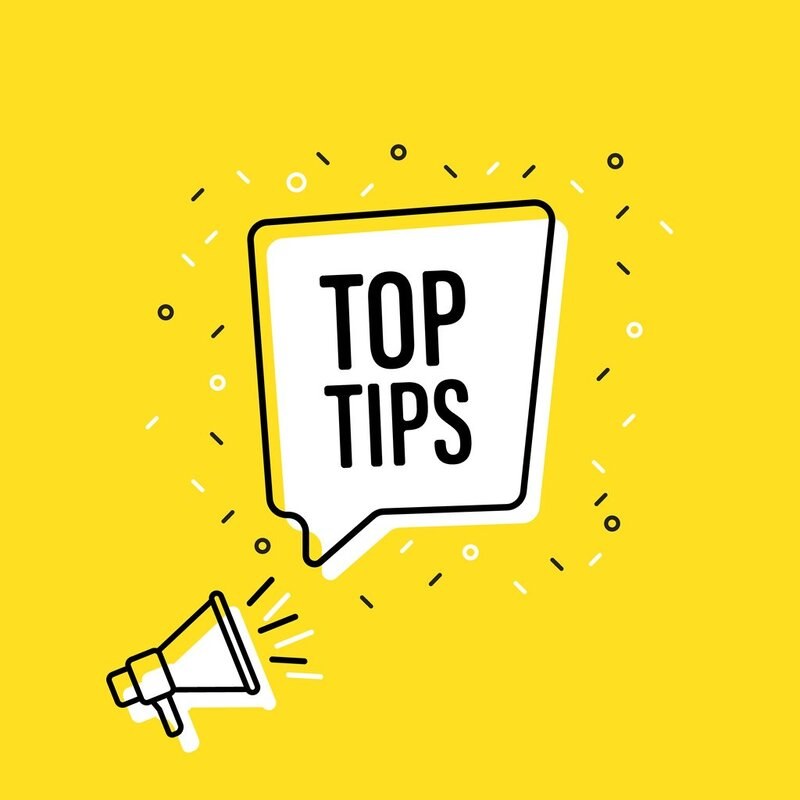What is Alt Text for Images?
Alt text for images - or alternative text - is the hidden text descriptor of an image and appears for the image if the page isn't loading or a screen reader software is being used. Screen reaader softwares aree assistive technologies that translate text verbally for the virusall impairs. It was created to assist the visually impaired in having an optimal user experience. However, image alt tags are also important to the health of your SEO and are an essential part of web design.
You can improve your site’s visibility for the visually impaired users that come to your site. Alt text is used by screen-readers, programs used by the visually impaired, in order to give these users a good user experience as well. Becoming ADA-compliant and making your site accessible to users with disabilities will be valuable to your site and your brand to increase target audience, improve your SEO, and avoid penalties.
You can help your pages and images rank by making sure your images are fully optimized, including alt text. Google says, “by adding more context around images, results can become much more useful, which can lead to higher quality traffic to your site.”
What’s the SEO value of image alt tags?
While alt text isn’t one of the most important SEO ranking factors, it’s used by search engines to understand the content of an image and rank in search results.
To properly leverage alt text, there are a few things you can do.
- Alt text length. Just like the length of meta descriptions, the length of image alt text does matter. While there is no definitive number of characters for alt text, you should consider keeping the length less than 100 characters. If your alt text is longer than 100 characters, it will show as an error in a site audit.
- Image description. You’ll want to clearly describe an image using alt text. Search engines will be using the description to identify what the image is about. Your alt text needs to convey what the image is about, especially for the visually impaired.
- Maximize alt text. Your alt text is there because it is an image’s description. Because you have limited characters to describe an image, don’t waste any of them using “image of”, “photo of”, or “picture of”.
- Avoid keyword stuffing. In short, don’t keyword stuff for the sake of quality SEO. Adding in too many keywords will backfire. If you’re able to leverage the target keyword, do so. If not, the rest of your page’s content should suffice.
Editing your alt text for images
Depending on the CMS your site uses, the process will be different. Generally, you’ll edit your alt text in the field provided after you’ve uploaded the image, or by editing the HTML directly. Remember that alt text is different than caption text and image title. Be sure not to confuse these elements or leave the alt text section blank.
While good image alt text is valuable to your image SEO, it isn’t difficult to come up with. Below are examples of good and bad alt text for BrightEdge.
Good alt text example
“alt=Refine your SEO strategy using these 10 tips”
Bad alt text example
“alt=seo platform use seo platform seo basics top seo platforms best seo platforms for me”
In addition to image optimization, alt text provides additional context into what your entire page is about. Optimizing your alt text will create a good user experience for both users and search engines and improve your image SEO visibility.